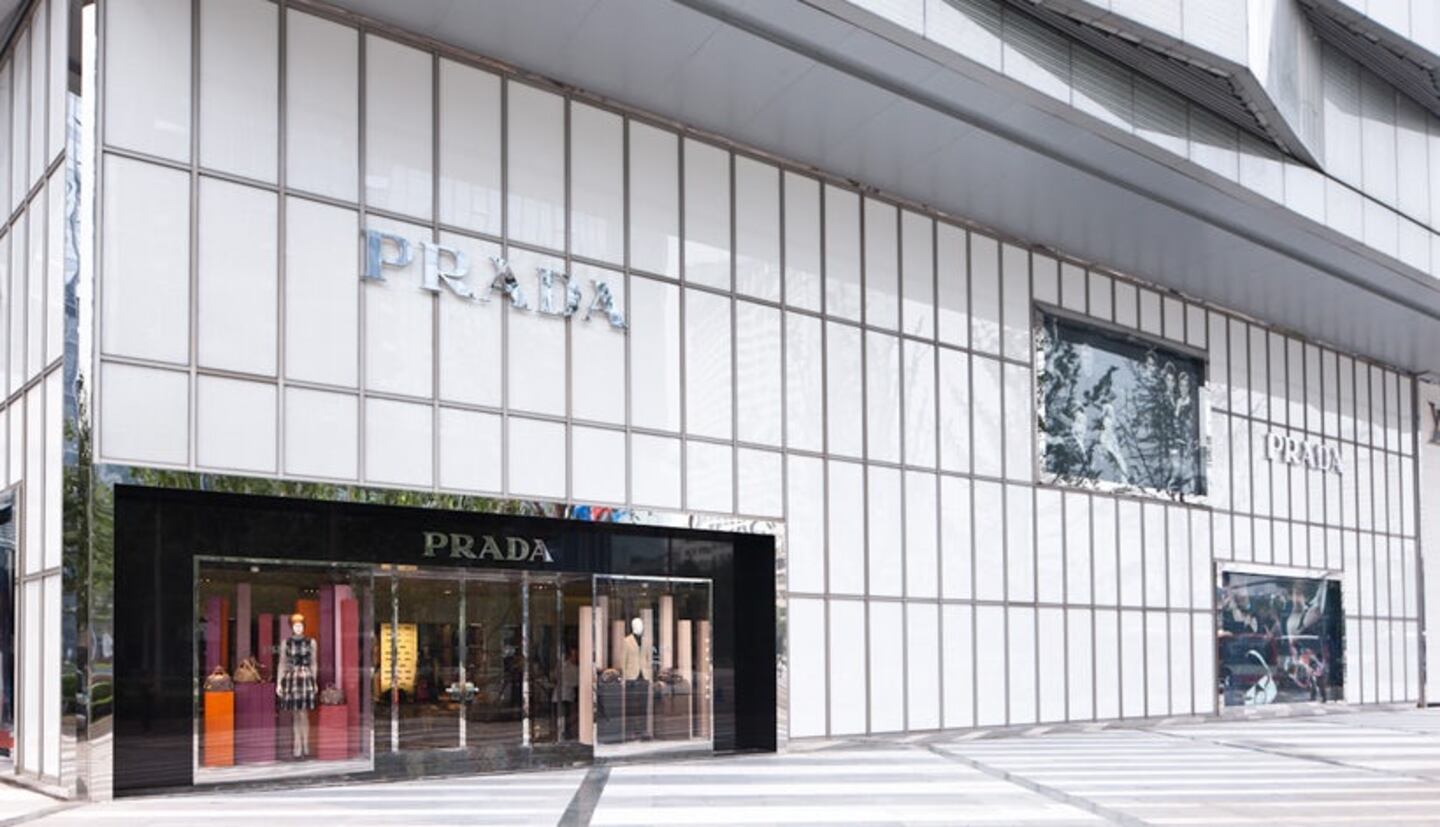
The Business of Fashion
Agenda-setting intelligence, analysis and advice for the global fashion community.

Agenda-setting intelligence, analysis and advice for the global fashion community.

LONDON, United Kingdom -- According to an analyst report to be released tomorrow by Mario Ortelli, a senior research analyst at Sanford C. Bernstein, the European luxury goods sector will continue to grow over the next five years at an estimated average of 6-7 percent, about double the rate of GDP growth.
It’s not surprising that much of this growth is being driven by consumers from emerging markets, but the numbers in aggregate are staggering, revealing just how dependent the European luxury goods sector has become on these new markets to sustain the heady growth of recent years.
According to the Bernstein report, 38 percent of growth is expected to come from emerging markets, notably China, which continues to expand at a double-digit rate. But when including purchases made by consumers from these markets while travelling (mostly to Europe and North America), the emerging economies of the world account for a staggering 60 percent of all projected European luxury sector growth.
But what about those persistent reports of a slowdown in China? According to Mr Ortelli, sustained Chinese luxury market growth will be fuelled in particular by new customers joining the growing ranks of individuals with the disposable income required to purchase high-end goods, a trend that compensates for the recent decelaration of the country's overall growth.
ADVERTISEMENT
“Despite the softness of China’s economic growth in the last two quarters of 2012, luxury brands [still] posted incredible results in Europe, due largely to purchases by tourists from Asia.” More than 50 percent of these tourists came from China.
Chinese consumers make more than 60 percent of their luxury goods purchases abroad in order to exploit the price differential between China and other countries. “To give you an example,” explained Ortelli, “on a Prada bag a consumer from Beijing saves 40 percent if he buys it in Paris compared to what it would cost him at home.” The vast discrepancy is due to high import duties and taxes in China, but also to luxury brands seeking higher margins.
In fact, Ortelli attributed a recent increase in luxury good prices in Europe to precisely that gap between the cost of luxury goods in Asian and European cities, a conclusion backed by the report: “Louis Vuitton has raised its prices in Europe by as much as 8 percent in October 2012 to partially bridge the gap between European and Asian prices. To reduce retaliation risk of domestic European customers, some luxury brands have selectively increased prices on products mainly bought by Asian tourists e.g. male leather bags, small leather goods.”
The report goes on to identify Prada and Richemont as set to outperform expectation in part because of their high exposure to emerging markets in Asia.
This week’s round-up of global markets fashion business news also features the China Duty Free Group, Uniqlo’s Japanese owner and a pan-African e-commerce platform in Côte d’Ivoire.
Affluent members of the Indian diaspora are underserved by fashion retailers, but dedicated e-commerce sites are not a silver bullet for Indian designers aiming to reach them.
This week’s round-up of global markets fashion business news also features Brazil’s JHSF, the Abu Dhabi Investment Authority and the impact of Taiwan’s earthquake on textile supply chains.
This week’s round-up of global markets fashion business news also features Dubai’s Majid Al Futtaim, a Polish fashion giant‘s Russia controversy and the bombing of a Malaysian retailer over blasphemous socks.